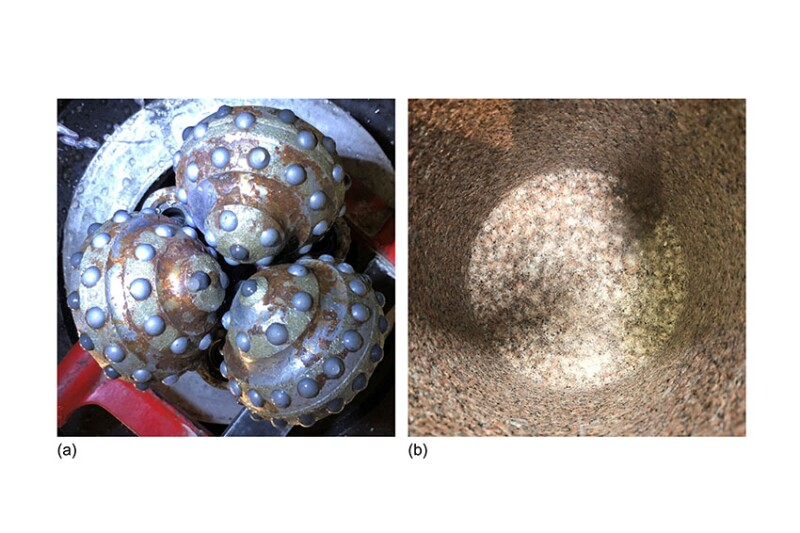High-temperature geothermal resources at a distance from tectonic boundaries or geologic hotspots can be accessed by the drilling of deep wells through significant sections of basement rock. This paper evaluates the effect of rapid cooling on the rock-cutting process and incorporates this effect into a drilling-performance optimization approach.
Introduction
Construction of deeper wells for geothermal heat involves drilling into the basement of the continental crust. Accessing geothermal resources in impermeable igneous or metamorphic rock is referred to as drilling hot dry rock (HDR).
HDR, characterized by low permeability, minimal porosity, and negligible initial water saturation, maintains high temperatures through conductive heat exchange. Accessed from the surface by conventional rotary-drilling technologies, HDR fails in compression under axial loading of roller-cone drill bits and fails in compression shear under axial and tangential loading of polycrystalline-diamond cutters (PDC) in fixed-cutter drill bits.
During HDR drilling, circulated drilling fluid exits through the bottomhole assembly (BHA) into the annulus.


